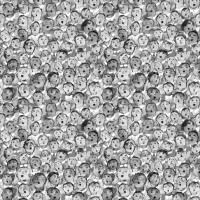Hyperrealism: characteristics, authors and works of painting and sculpture
Hyperrealism or photorealism is a figurative artistic movement that reproduces reality with sharpness and definition similar to photographic accuracy, but applying pictorial or sculptural techniques that make the image more vivid than the mere Photography.
Hyperrealistic art originated in the late 1960s in response to the abstract, conceptual, and non-objectual approaches of contemporary art. At first, the criticism was not favorable, but it found its center in the exhibition V documents from Kassel, Germany, 1972. Today, it has become an influential movement and remains active. To understand it better, let's get to know the characteristics, the authors and the most representative works of hyperrealism.
Characteristics of hyperrealism
Although hyperrealism expresses the influence of conceptual art and, many times, is classified as art Pop, due to its apparent thematic triviality, is a movement with well-defined characteristics of its own. These characteristics distinguish them from conceptualism and, especially, from pop art. Let's see.
Notion of hyperreality as a foundation
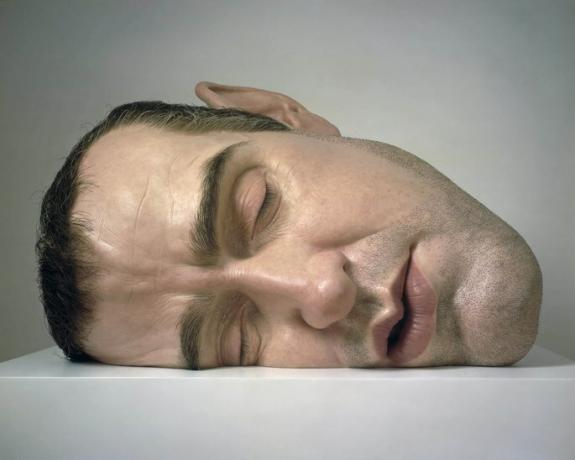
Hyperrealism is based on the philosophical notion of hyperreality, developed in the 20th century. He understands that the human brain is incapable of distinguishing between fact and fiction. Applied to art, the concept of hyperreality brings us closer to simulacrum, whose realism is more convincing than the objective world.
Absolute descriptive verism
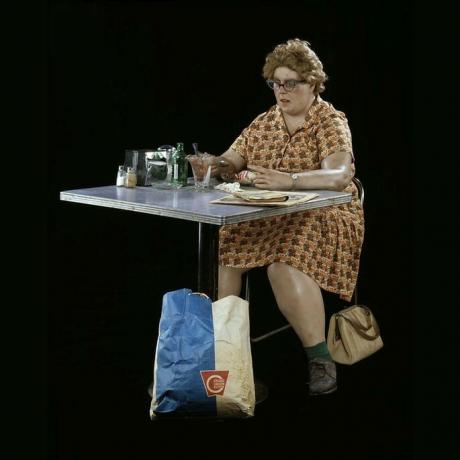
The hyper-realistic work must be so plausible (realistic) that it appears more alive than the known reality. Therefore, the artists hide any evidence of the execution process through perfection in the finishes. Nothing can interrupt the feeling of being before a work that appears to be a life of its own. Thus, hyperrealism separates itself from movements that openly exhibited its procedures, such as impressionism, post-impressionism or abstract expressionism, among others.
Virtuosity and attention to detail
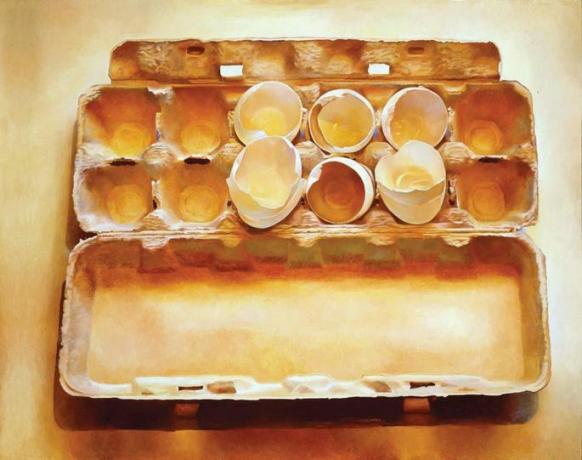
Virtuosity is related to technical perfection, aimed at achieving absolute definition and sharpness. Therefore, he delights in a taste for detail, which increases realism. Both virtuosity and a taste for detail give hyperrealism an academic tone. These two features, moreover, were characteristic of Baroque art centuries ago. For this reason, it is not strange that hyperrealism reminds us of the baroque in its spirit of disappointment in the face of reality. Nothing else reveals the effect.
Seemingly trivial topics
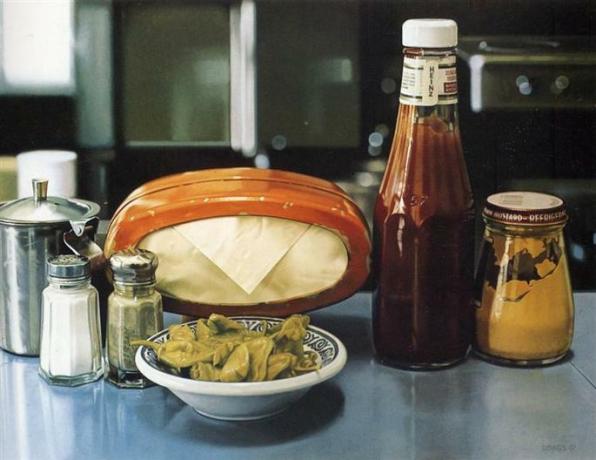
The themes of hyper-realistic art are varied. Human figures, urban scenes and landscapes, still lifes, objects from consumer society, ephemeral moments, elements of nature, etc. are frequently seen. These topics appear trivial. However, they have the deep sense of expressing the despair of the consumer society. They are also an occasion to reflect on the role of audiovisual media, in their attempt to supplant reality.
Diversity of trends
Hyperrealism expresses itself in different tendencies. One of them is photographic realism or photorealism, which uses photography as a starting point. The other is figurative or radical realism, which dispenses with the photographic resource as support. All of them are different expressions of hyperrealism.
It may interest you: Artistic movements of the 20th century
Hyper-realistic painting
For hyper-realistic painters, photography is an adulterated reality, a copy of reality, so they start from it to bring true life to the image. They do not intend to compete with photography, but to take advantage of the resource to reflect on the authenticity of images in a society dominated by audiovisual media.
Some painters use photography for the elaboration of their works. In this case, they resort to techniques such as the projection of slides on the support. Others opt for the traditional observation of reality. All apply chiaroscuro in detail, the perfect color mixture and the study of the refraction of light on objects, since the liveliness of the work depends on it. His painting techniques are traditional: oil painting is the most common.
Between the most prominent hyperrealism painters there are Malcolm Morley, Richard Estes, Ralph Goings, Mary Pratt and Antonio López, among others.
Malcolm morley. English painter (1931-2018). His work registers very different stages and styles and, many times, with a parallel development. However, he has been a very recognized exponent of the current of hyperrealism. Some of the best known hyperrealist works of the author are: Beach scene (1968); Horses (1969) and Tackle (2004).
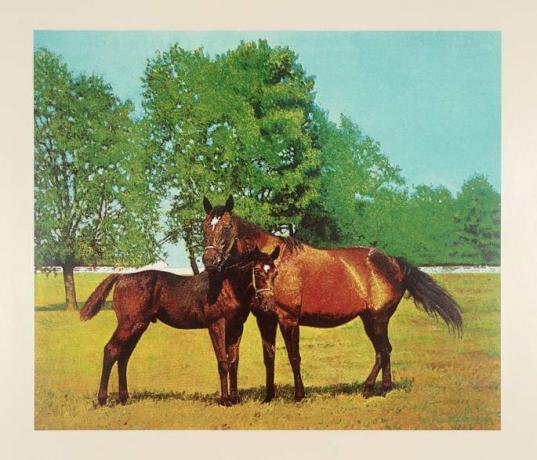
Richard Estes. American painter (1932). He was characterized by the precision of appearances in his works. However, he does not seek to imitate the photographic finish, but rather starts from photography to investigate the refraction of light. Also, he makes use of geometry in his compositions. Most popular works: Phone booths (1967); People's Flowers (1971) and Double Self-Portrait (1976).
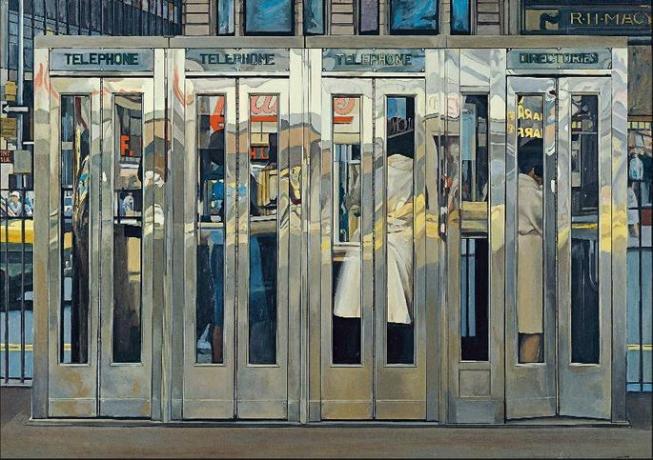
Ralph goings. American painter (1928-2016). Outstanding representative of the current of photorealism. His themes are often inspired by urban elements such as hamburger stands, transport and city locations, as well as seemingly trivial objects such as ashtrays or jugs. The background of his themes lies in the quality of life of the consumer society. Most representative works: Still Life With Peppers (1981), Dinner (1990) and Coffee and donut (2005).
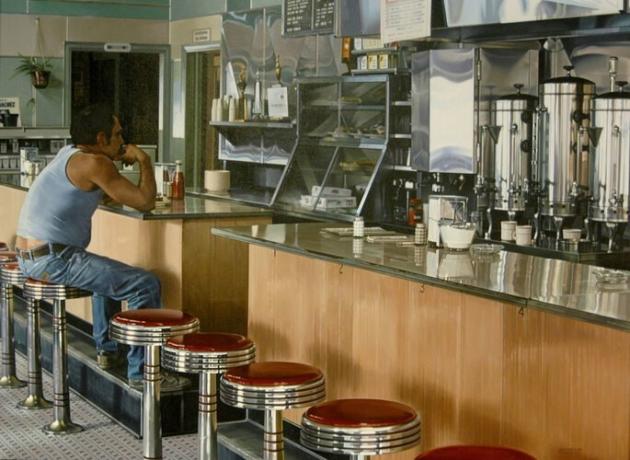
Mary pratt. Canadian painter (1935-2018). He embraced the current of pictorial photorealism, and became an extraordinary exponent of the genre of still life (or still life) and represented all kinds of everyday objects with extraordinary accuracy. Among his works are Egg carton (1975), Bowl’d Banana (1981) and Smears of Jam, Lights of Jelly (2007).
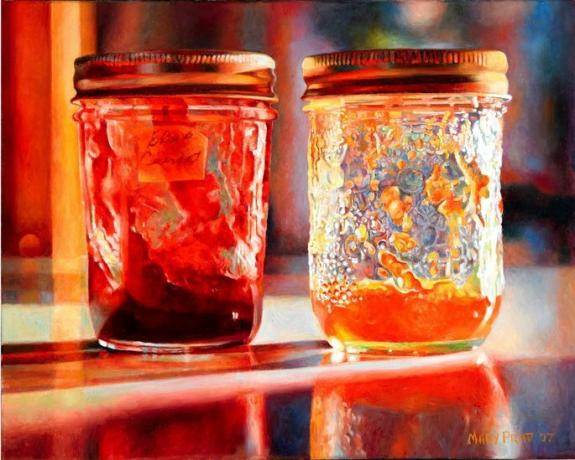
Antonio Lopez. Spanish painter and sculptor (1936). Her center of interest is in everyday issues, which she represents with photographic rigor without using photographs as support. Among her most important works, the following stand out: Mirror and sink (1967); View of Madrid from Capitán Haya (1987-1996) and The family of Juan Carlos I (2014).
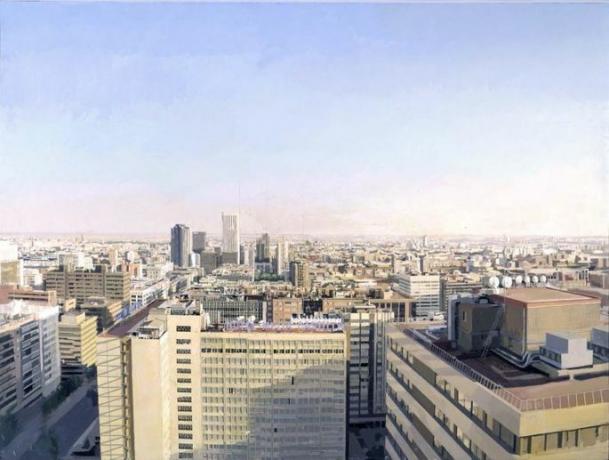
Hyperrealist Sculpture
Hyper-realistic sculpture is even more literal than painting in its representation of reality. For this reason, it is usually executed in natural size from molds. However, he can increase his effects by using colossal dimensions.
Due to the possibilities it offers, hyper-realistic sculpture tends to focus its attention on the human figure. He often uses techniques widely known in tradition such as modeling, casting, and painting. However, its materials are less orthodox: fiberglass, silicone, acrylic, resin paints and everyday objects incorporated into the work.
Between the most prominent hyper-realistic sculptors, we can mention Duane Hanson, John Davies, John De Andrea, Carole A. Feuerman and Ron Müeck, among others.
Duane Hanson. American sculptor (1925-1996). He became known thanks to the life-size sculptures that he executed, loaded with a true appearance of life thanks to the fine care of all the details. His figures often express character traits. Among his best-known works are: Supermarket Lady (1969) and Woman eating (1971).
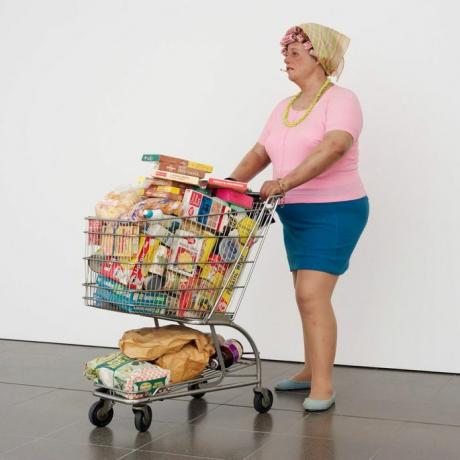
John davies. British sculptor (1946). He seeks to inquire into the psychological consistency of the characters he represents in his sculpture. To do this, he uses different types of "artifacts" that may seem strange to the scene, but are congruent with the theme. Among his best known works are William Jeffrey head (1972) and Young man (1969-1971).
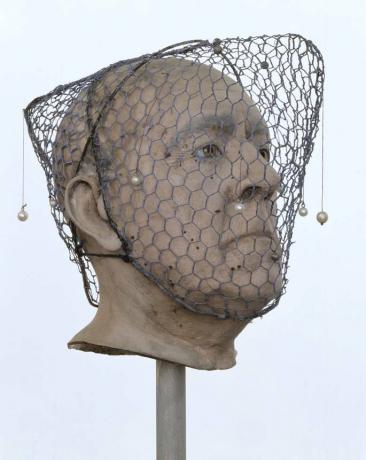
Carole A. Feuerman. American painter and sculptor (1945). His work usually has as a transversal line the theme of water, an expression of the search for inner balance. He has developed numerous works of public art. Among his most important works can be mentioned Monumental Brooke with Beachball (2010) and The Midpoint (2017).
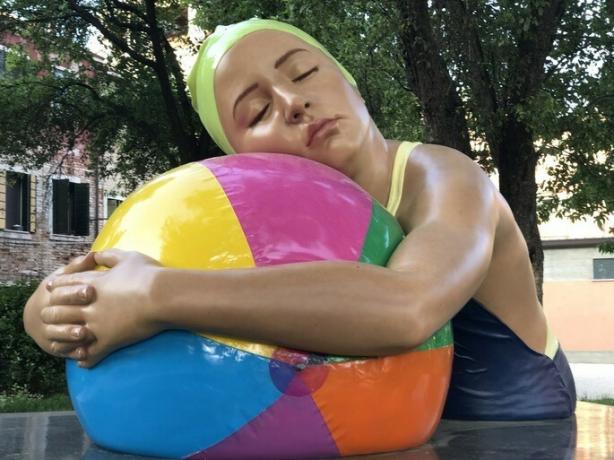
Ron Müeck. Australian sculptor (1958). This artist is characterized by making colossal sculptures that represent parts of the human body. Among some of the best known works of him we can mention Boy (1999), Mask II (2002) and New born.
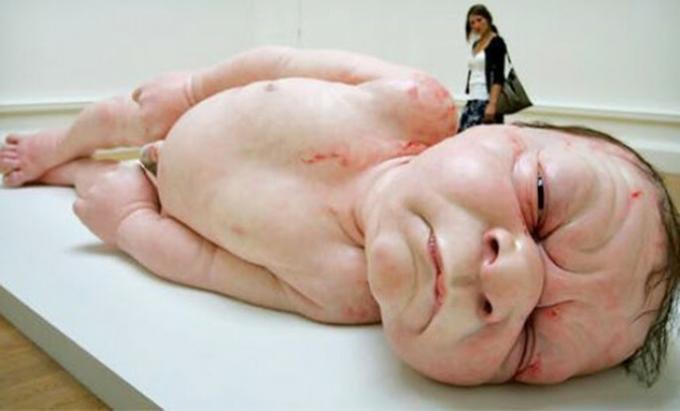
See also:
- Pop Art
- Avant-garde

